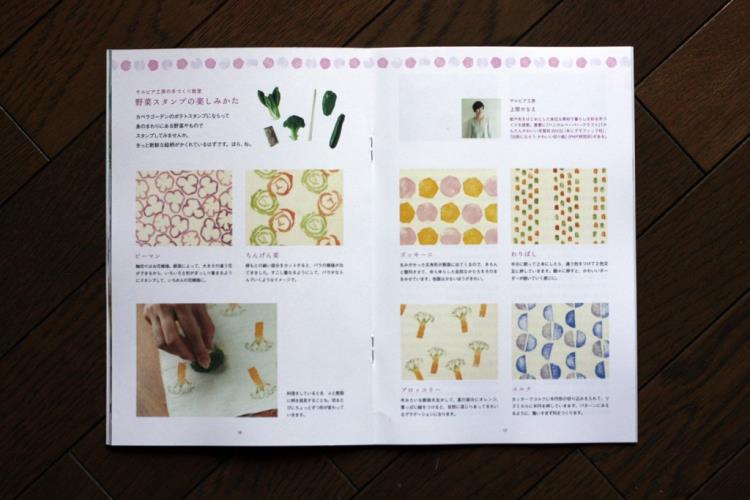Japan-based writer and traveller, specialising in design, lifestyle and travel journalism. Ron previously served as an editor of MING Magazine, ELLE Decoration and CREAM.

Kage was a bookstore that I loved to go to when I was studying in Kyoto. I wasn’t particularly interested in the music or gift section, but some shelves near the exit were stacked with piles of Japanese magazines. I loved those the most.
In Hong Kong, even when I couldn’t read Japanese, I still loved reading Japanese magazines. I thought I knew a lot about Japanese magazines, but when I was in Kage or Keibunsha, I realised how little I knew. There are many independent zines in Japan, thin publications with just a few dozen pages, stapled together in A5 size. It was hard to find these anywhere except in independent bookstores.
One of the best-known of these is Arne, a zine published by graphic artist Ohashi Ayumi until 2009. When Ohashi created Arne in 2002, she was already 62. At the time, she wanted to find an excuse to meet people she idolised, and decided to create a quarterly publication. She said she would publish just 30 issues because there was so much she wanted to accomplish in life that she had to set a finite lifespan for the zine to leave her time to do other things.
From the start, Ohashi took charge of all the photography and layout for Arne. Trainer as a graphic designer, photography was still very alien to her, but in the inaugural issue, she interviewed product designer Sori Yanagi carrying an amateurish point-and-shoot camera. In fact, the photos helped create a special feeling of closeness between the reader and Ohashi. The zine also explored topics such as daily food and clothing in a down-to-earth manner. She did not talk about trendy or new restaurants, and never used the word “fashion”, and would only refer to clothing that she liked. Rather than focusing on style, the zine was more interested in the material and feeling of wearing the clothes. Even if it was a COMME des GARÇONS item, she did not especially emphasise that. Ohashi later published Adult Style magazine, a publication aimed at readers in their 50s or older, and also released her own clothing line. Both these things were borne out of the original idea of starting a zine.
Another zine I like is Salvia, a 32-page publication about arts and crafts. Editor and founder Yurio Seki originally worked in advertising. She quit as it was too stressful and taking a toll on her health, and decided to take time to pursue something she loved instead. During her resting period, she did a lot of drawings, and started to develop an interest in handicrafts. She even created her own handicraft brand, using her drawings as the brand image. Yurio established the brand Salvia in 2001, collaborating with different Japanese craft makers to produce various household items and clothing. Through the process, she learned a lot about craft-making. The process of turning an unremarkable material into a beautiful item deeply moved her. In 2006, she decided to create an eponymous zine called Salvia, as a record of her feelings on the process of making crafts.
We always hear about how the internet killed traditional publishing. But sometimes, you can’t truly feel something unless it’s printed on paper. Magazines won’t die, especially these heartfelt, original creations that come straight from the heart of their creators. They will find a way to live.